View from the Hill 22nd June 2021
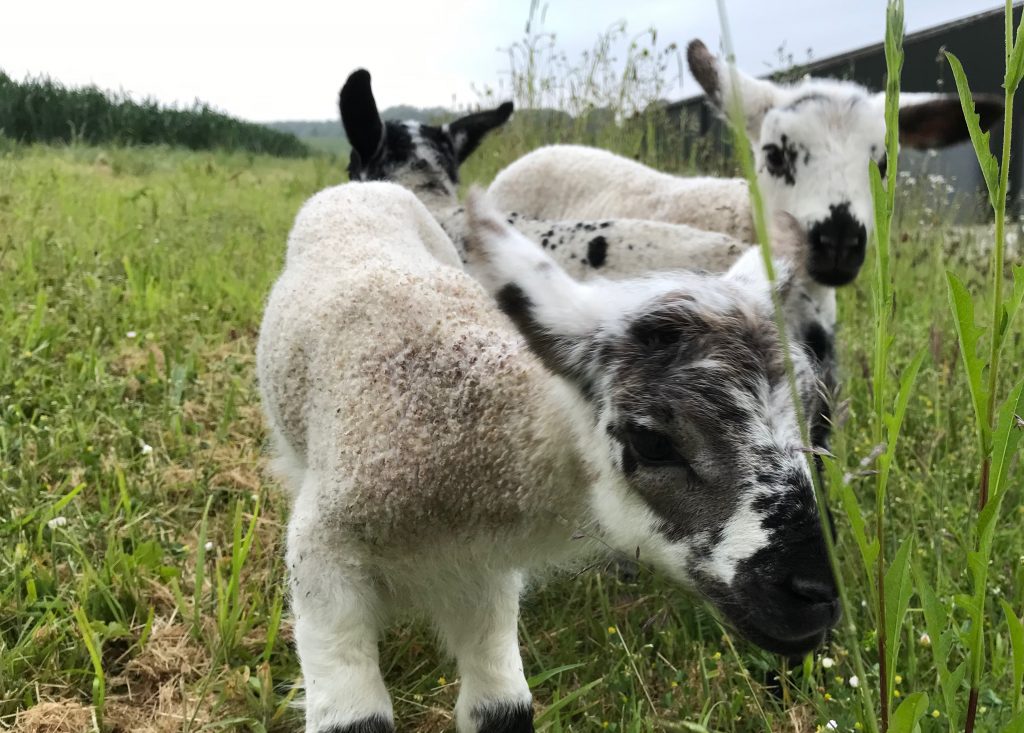
Lambing time always brings a few orphan lambs, some who have sadly gone beyond the point of no return, who won’t or can’t suck from a bottle. Using a stomach tube isn’t really appropriate once they are more than a couple of days old. Hopefully they may have had a mouthful or two of colostrum before mother lost, disowned them, or died, but if not, there are commercially available replacements, though none can ever possess the essential antibodies and other goodies that natural colostrum provides in the first few hours of life. The lamb’s gut will only allow these things to pass through into the body during the very first hours of life, so if faced with a weak lamb that can’t suck, one might milk out some of the ewe’s colostrum and feed it to the lamb by stomach tube. This is not easy when operating an outdoor lambing system, but if you find a deserted lamb and happen to have a newly lambed ewe to hand, this can still be done.
Here our 3 bonny orphans are out exploring around the farm yard, getting some exercise and doing some bonding, before being rewarded with a bottle of milk. They will become important members of the school visits team in future years.
Lambing is pretty much complete, and a day was spent last week, rounding them up, vaccinating, worming, treating any lameness and counting up to see how many we have this year. Numbers so far seem good, as indicated by the scanning in March.
The torrents of rain in May, (a record 160mm in the month) following the unusually cold and dry April weather, have made an enormous difference to our crops, and the warm sunshine since the rain abated has done even more good. The dry early season meant that disease levels were low from the start, making it easier to keep them that way, and the speed of growth shows how the season can catch up, and harvest is likely to be at much the same time as it is every year. Winter barley is well on its way, changing colour, the wheat and even the spring barley are in ear and now grain-filling, the rape has finished flowering and is filling pods and seeds, and the beans are well into flowering, after demonstrating probably the most spectacular growth of all in just a month, from 6 inches tall to above waist high and flowering madly. They smell lovely.
Here is a chalk hill blue butterfly resting on a knapweed plant in the margin next to the beans. I have been trying to take more insect pictures, but they jump and flit about so much, not many are good enough images to share.
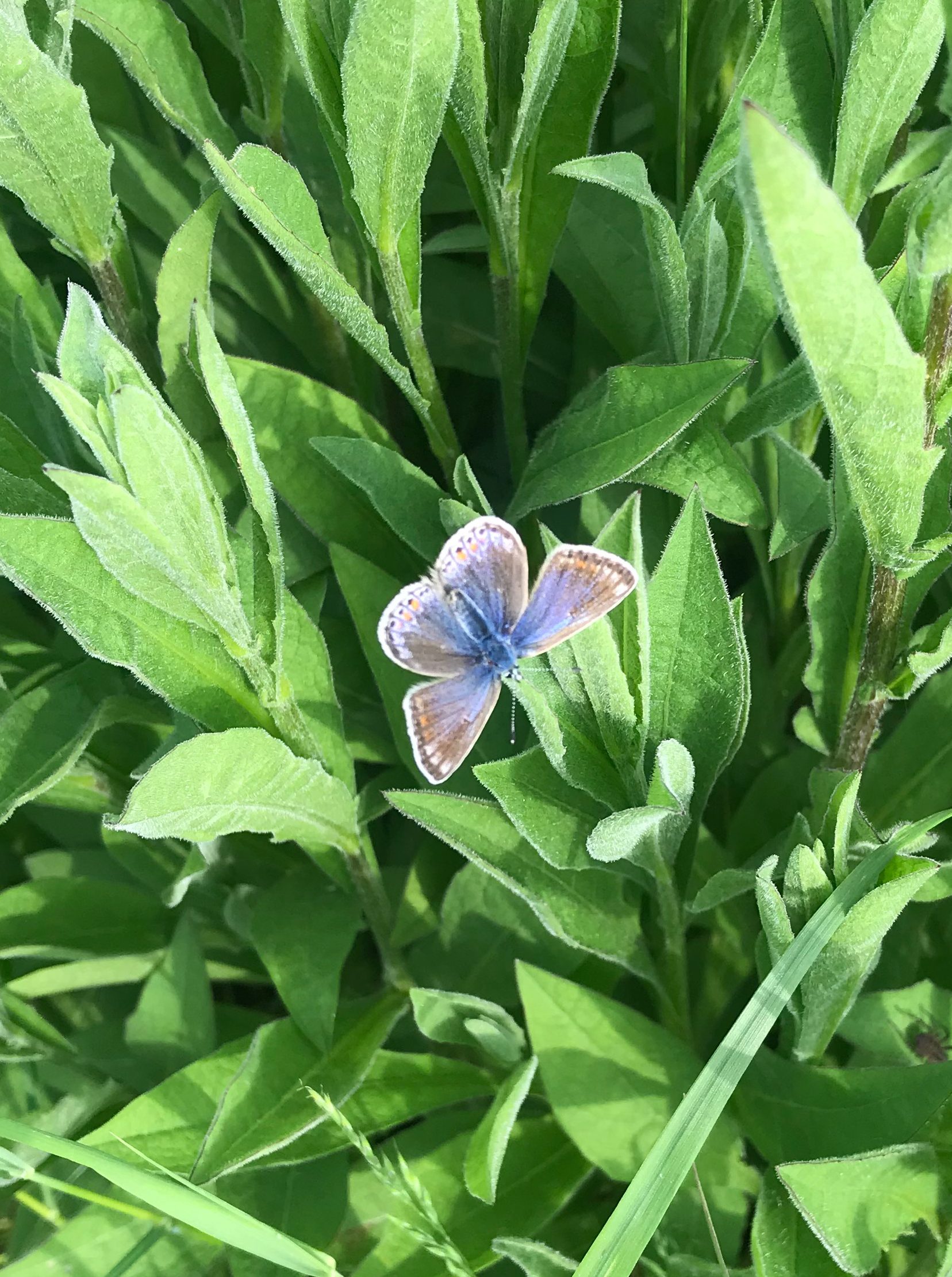
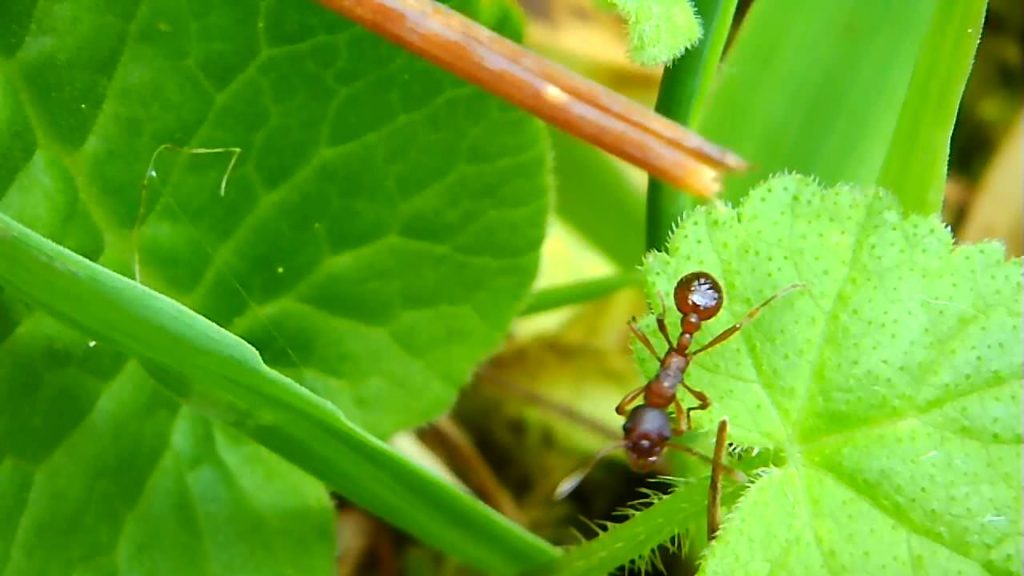
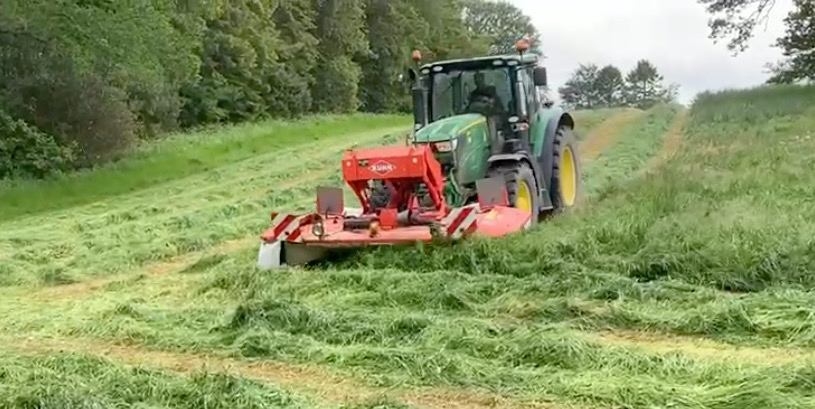
Haymaking has begun, and this year we have bought our own mower, front mounted so we can mow small strips of weeds out of crops and make them into fodder, as well as mowing larger areas of grass to make into hay or silage. We prefer to make hay rather than silage if the weather will let us, it is cheaper, and a more appropriate feed for the cows in winter. It costs around £4 per bale to wrap silage in plastic, and we are left with the dirty plastic to dispose of after use, which costs again to get it taken away. The rain in May really is filling the barn with hay, much higher yields than last year, the grass loves a drop of rain in May.
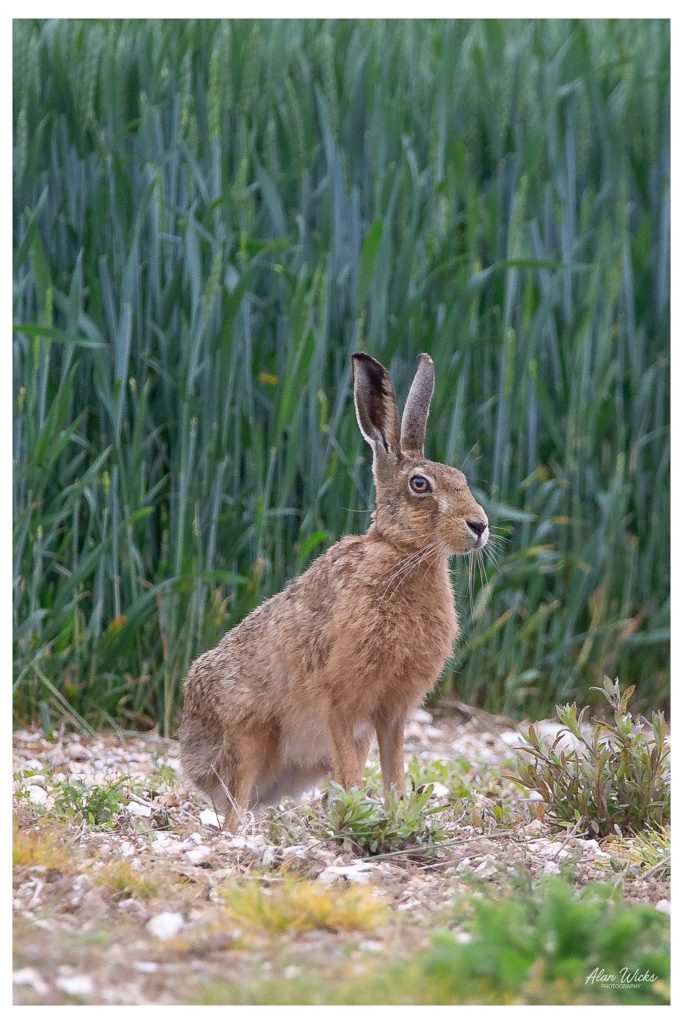
Alan Wicks has sent me some beautiful pictures of a hare this month, good enough to put on the wall and admire every day. What a handsome creature; he or she exhibits poise, alertness, and natural beauty which one can never get close enough to see with the naked eye. If you are reading the online version, zoom in close and look at the face.
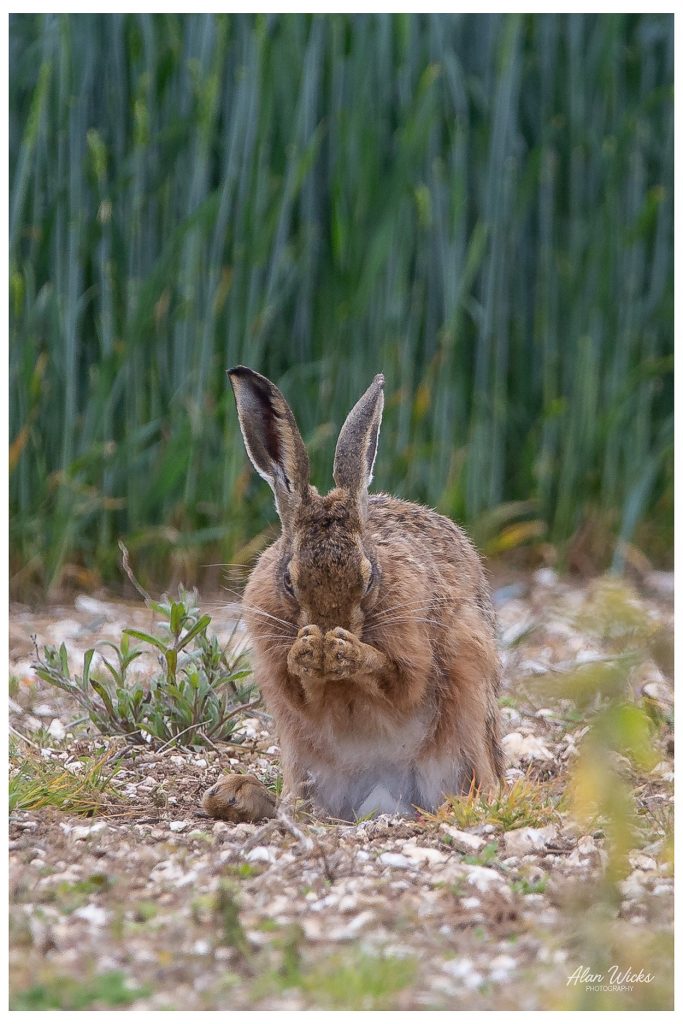
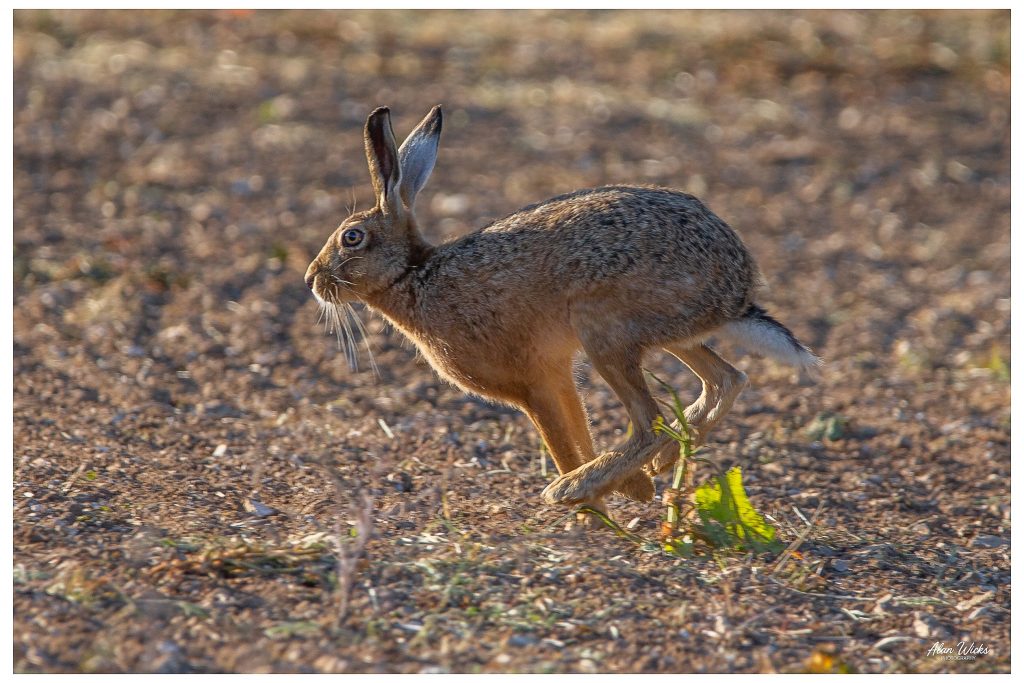
A trio of Oxford sandy and black piglets arrived, from Milton Abbas, in late May, they have been testing the fencing around their paddock, and have escaped several times. They have also been entertaining their neighbours, our young mule ewe hoggets, they all seem to want to bite each other through the fence. I am trying to imagine their conversation…..
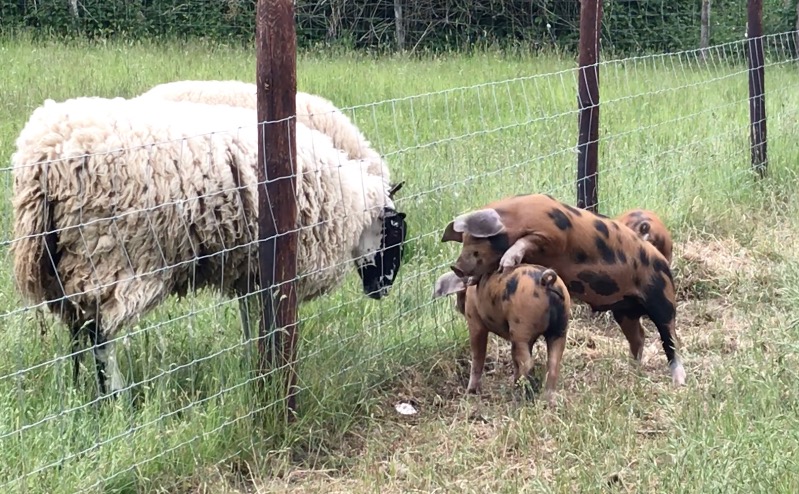
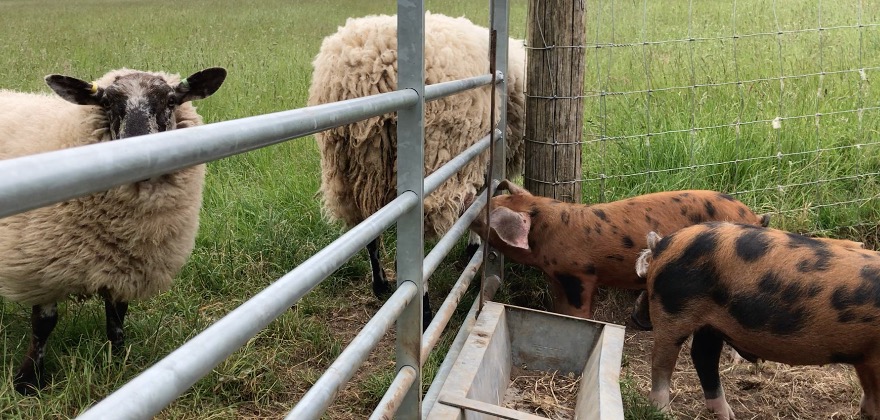
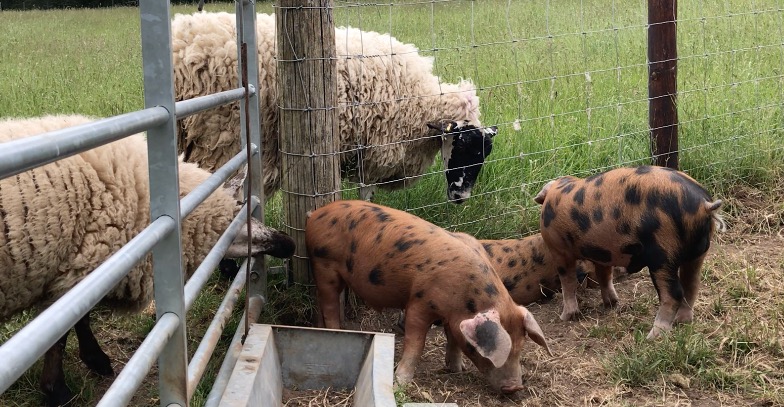
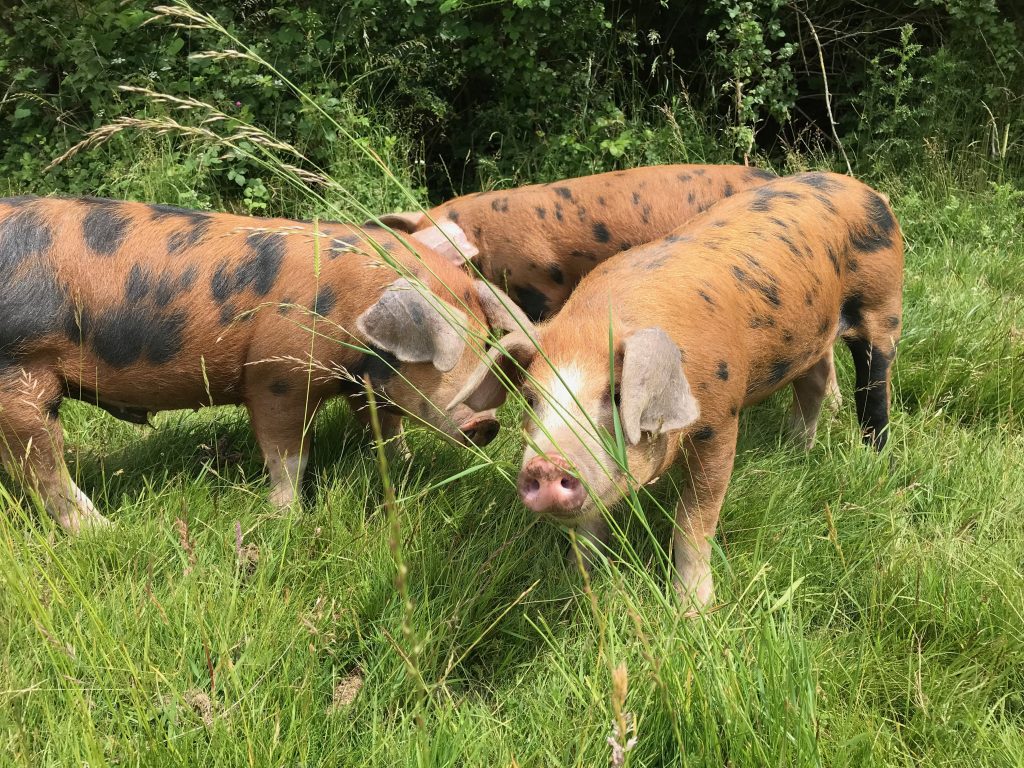
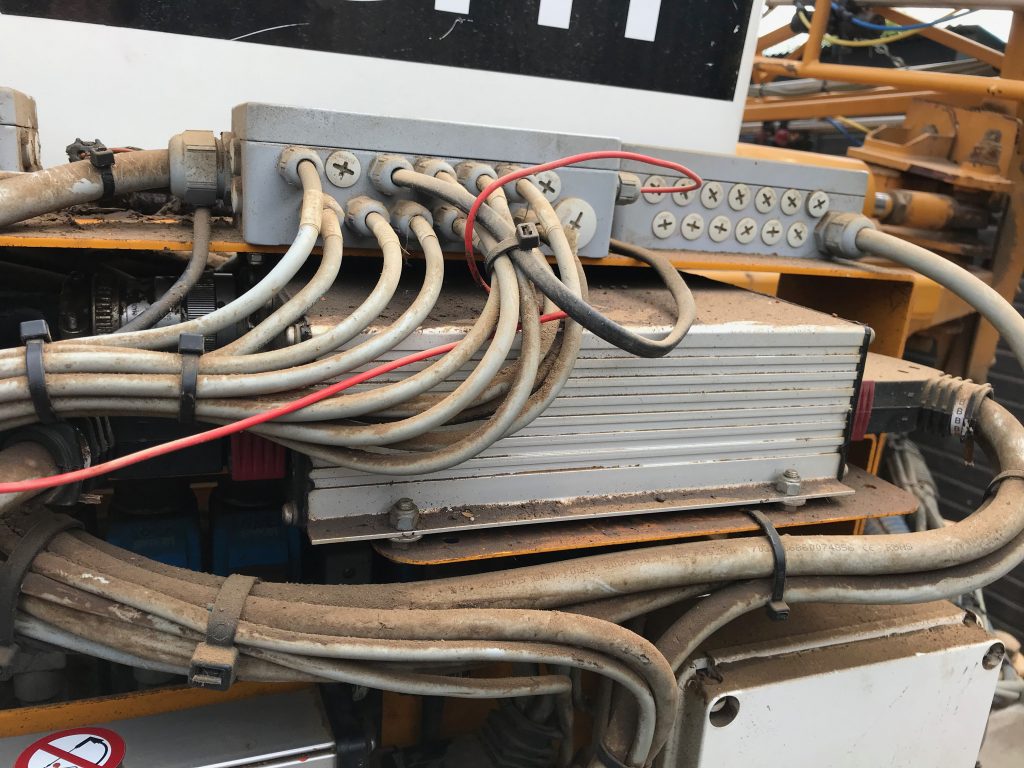
Our sprayer let us down a couple of weeks ago, it had a computer breakdown, which has taken 10 days to get fixed. Luckily we were able to find a contractor with a sprayer the same size as ours, so the tramline widths match up, and who had time to spend a day with us helping us to catch up. Mark Jeanes came over with his Bateman and sprayed around 200 hectares (500 acres) in one day. A big relief, with the crops growing so fast you can easily miss opportunities, either the weather changes, or the crops grow past the growth stage at which the application must be made. This is the culprit, the large box in the middle, a diode had failed. Not much, but enough to bring operations to a halt, the computer controls all spraying and boom operations, rendering the machine useless until fixed by a clever person.
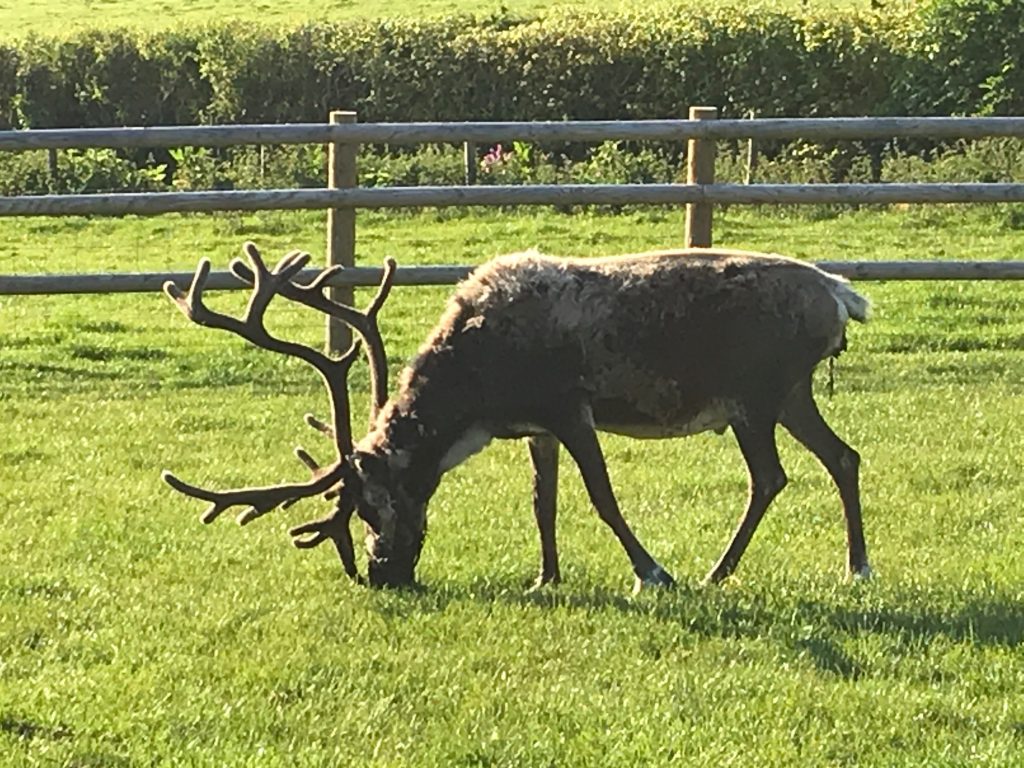
A recent trip to a friend’s farm in Devon brought us face to face with this beauty, a reindeer, who along with his eight pals, lives near Exeter. His antlers are developing a bit early, reindeer grow a new set every year, and ideally they would be at their best by the end of November, when the Cotley farm Christmas shop opens. This fellow is always a bit of an early developer, and his antlers usually fall off before the shop opens.
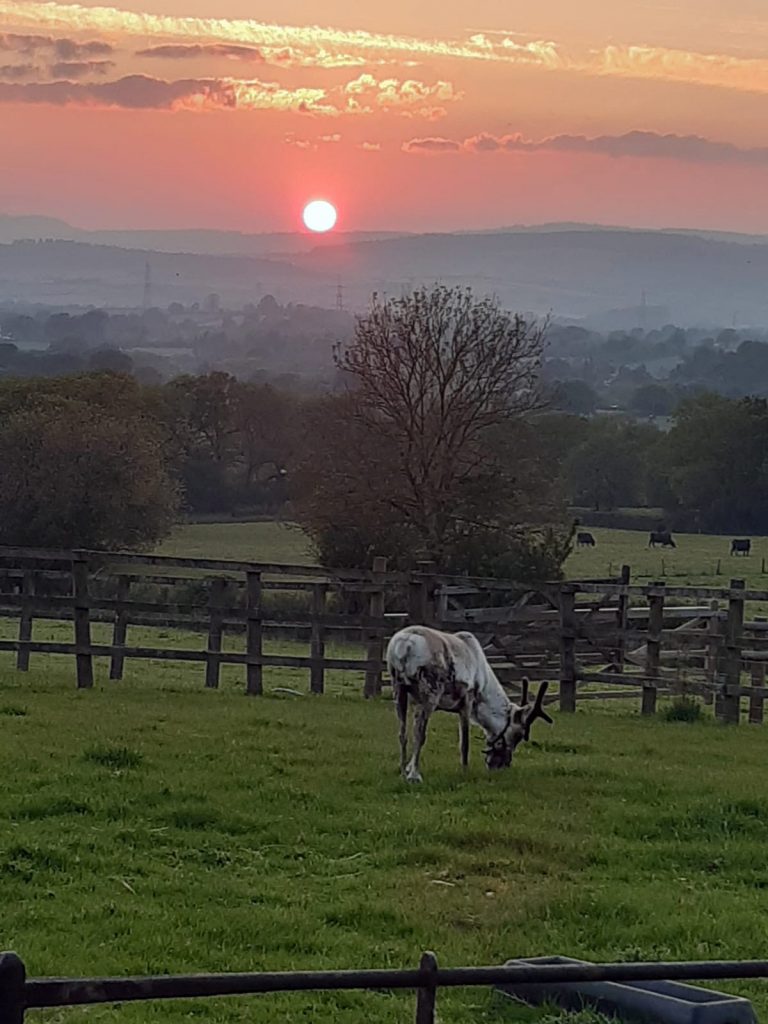
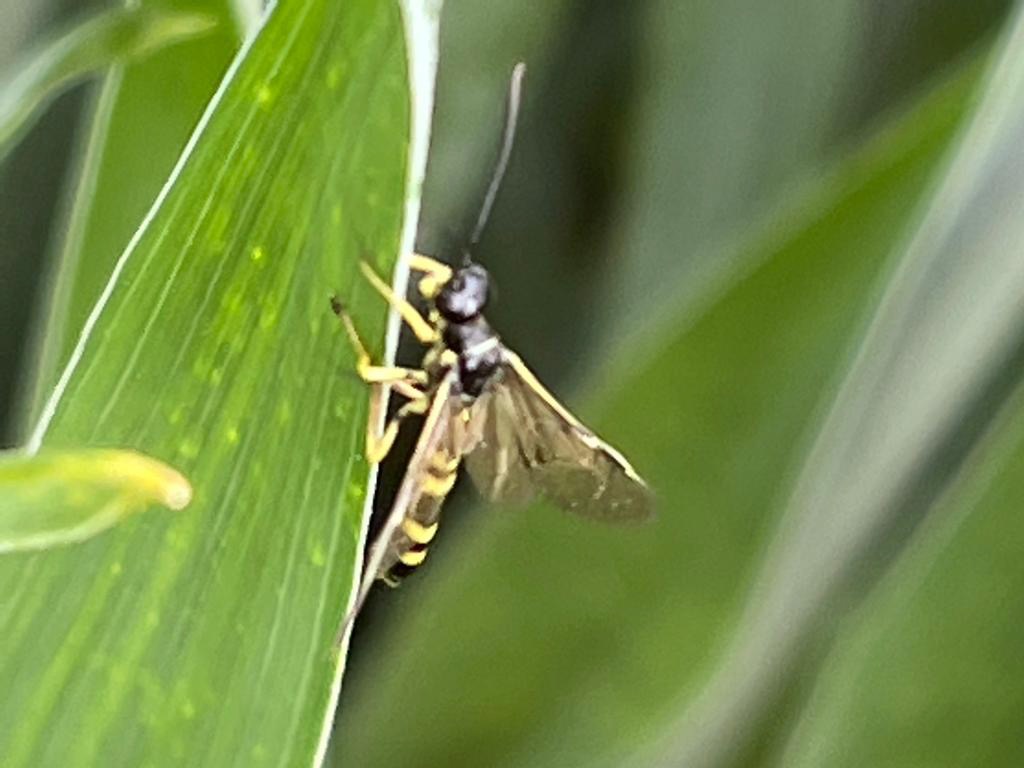
This is the kind of parasitic wasp we are trying to encourage on our farm, with flowery margins and strips in our arable fields. Taken on a friend’s farm in Hampshire, these are hopefully feeding on, or laying eggs inside, the pests that eat our crops.
Our new strips which were sown in the very dry May of 2020, are blossoming beautifully this year.
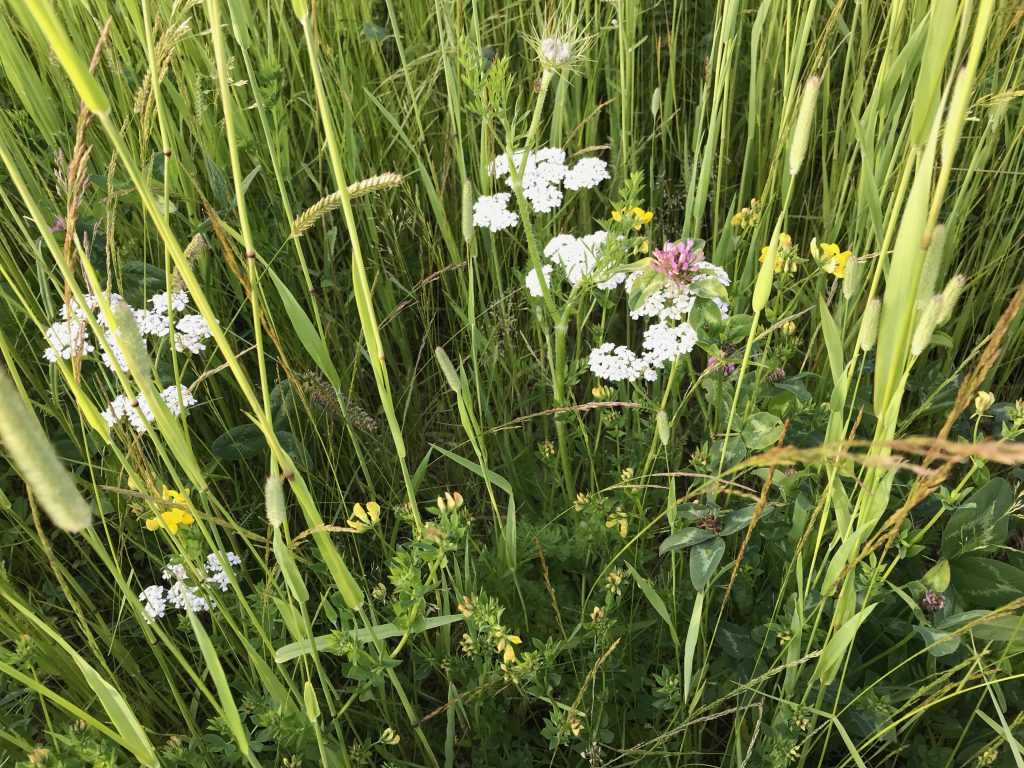
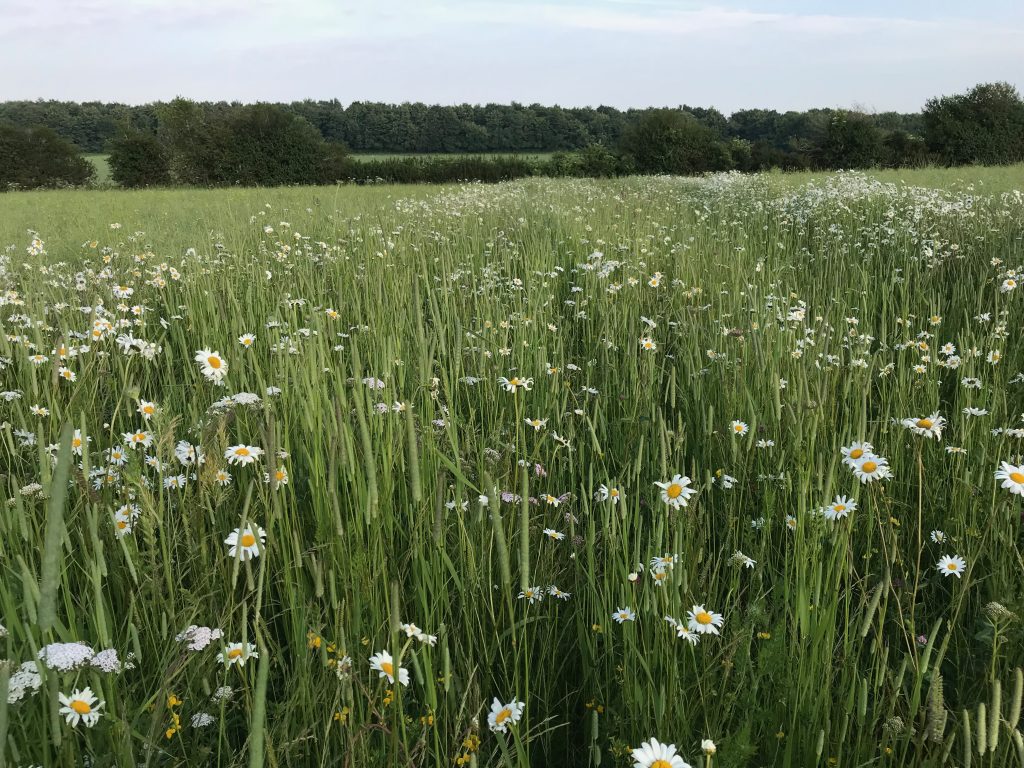
On hands and knees in a field the other week, I found this spider’s funnel shaped web, centred around a hole in the ground. Not to be confused with the notorious funnel web spiders of Australia, which are very poisonous, these, who I have not seen before, are not poisonous. They appear to sit in the hole in the middle, and wait for unsuspecting flies and other bugs to get stuck in the multiple filaments of the very fine web.
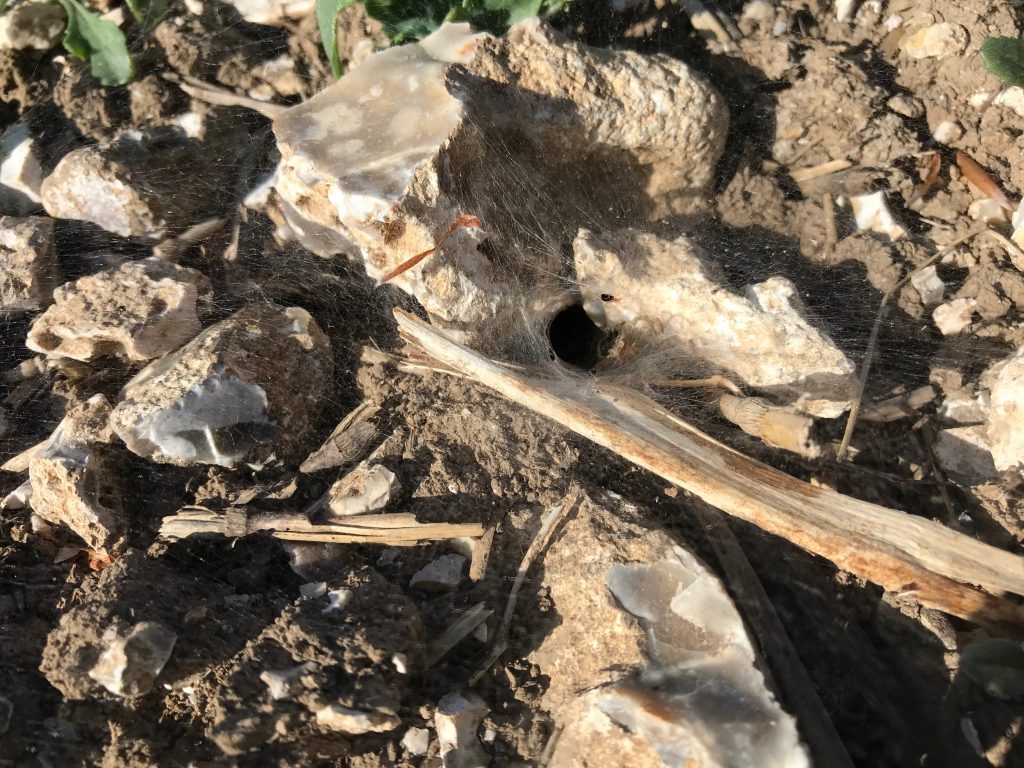
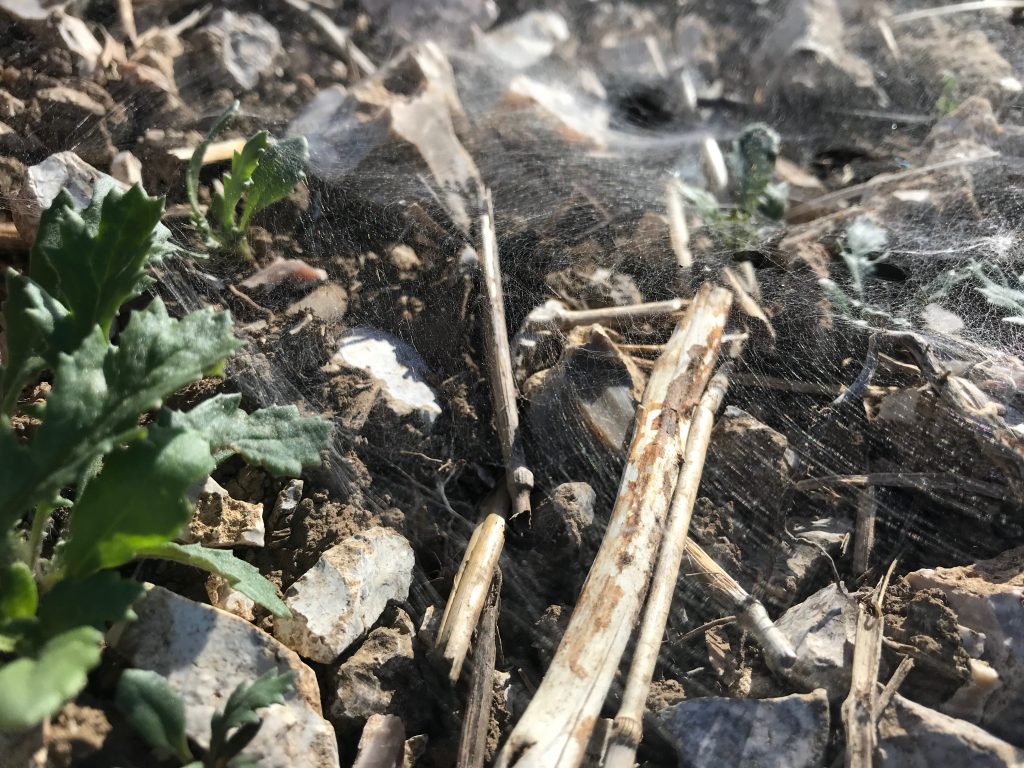
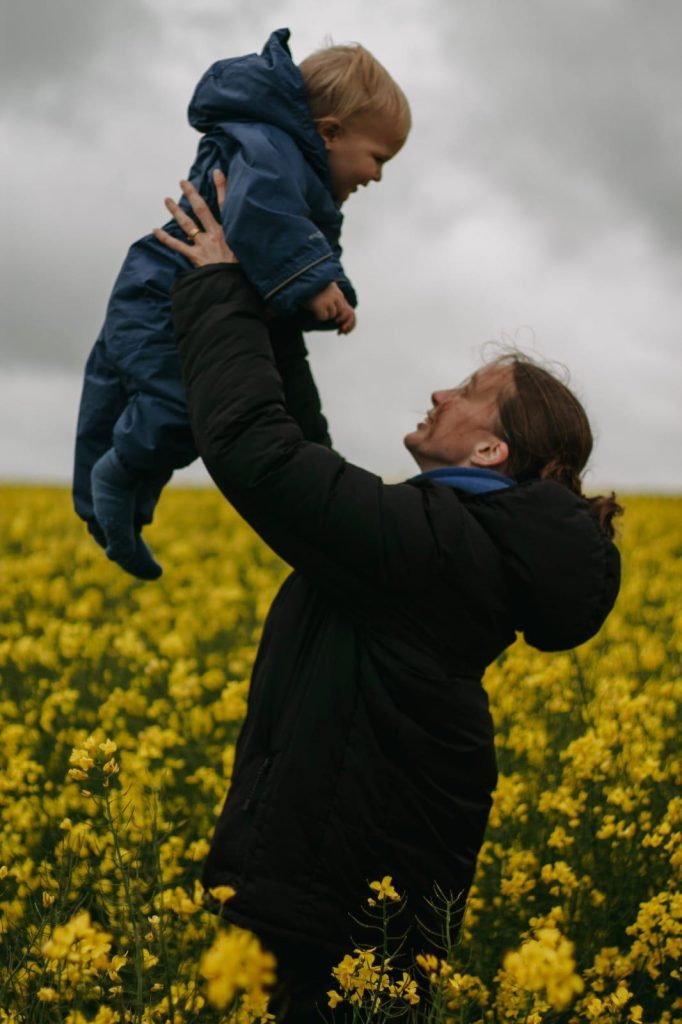
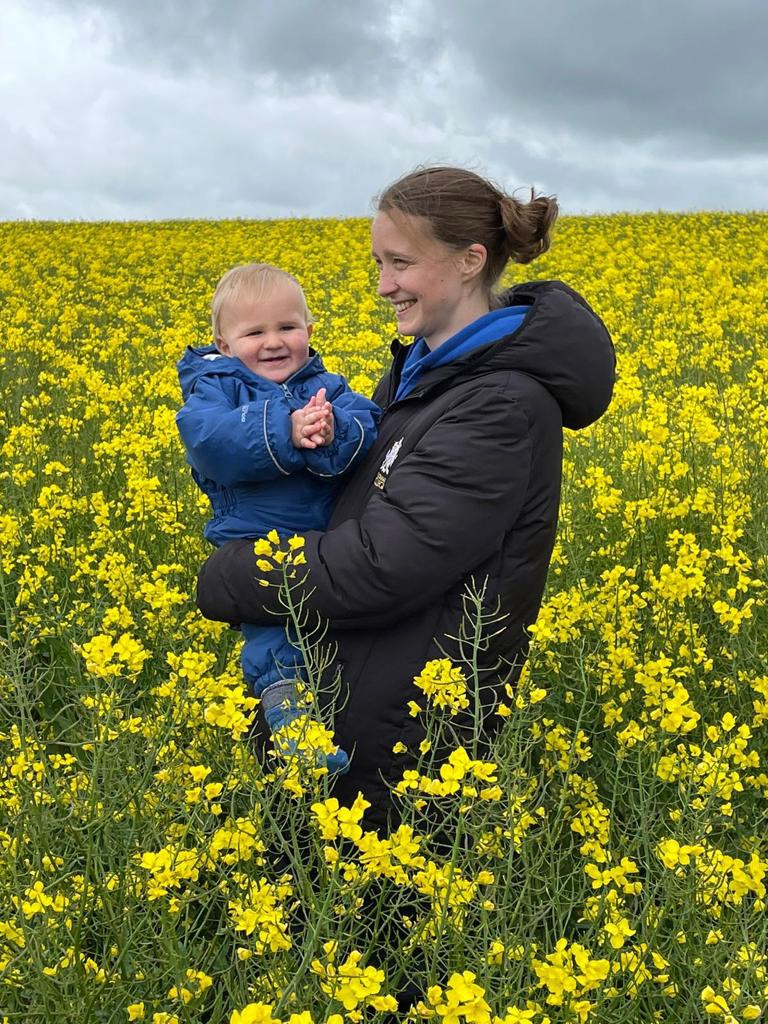
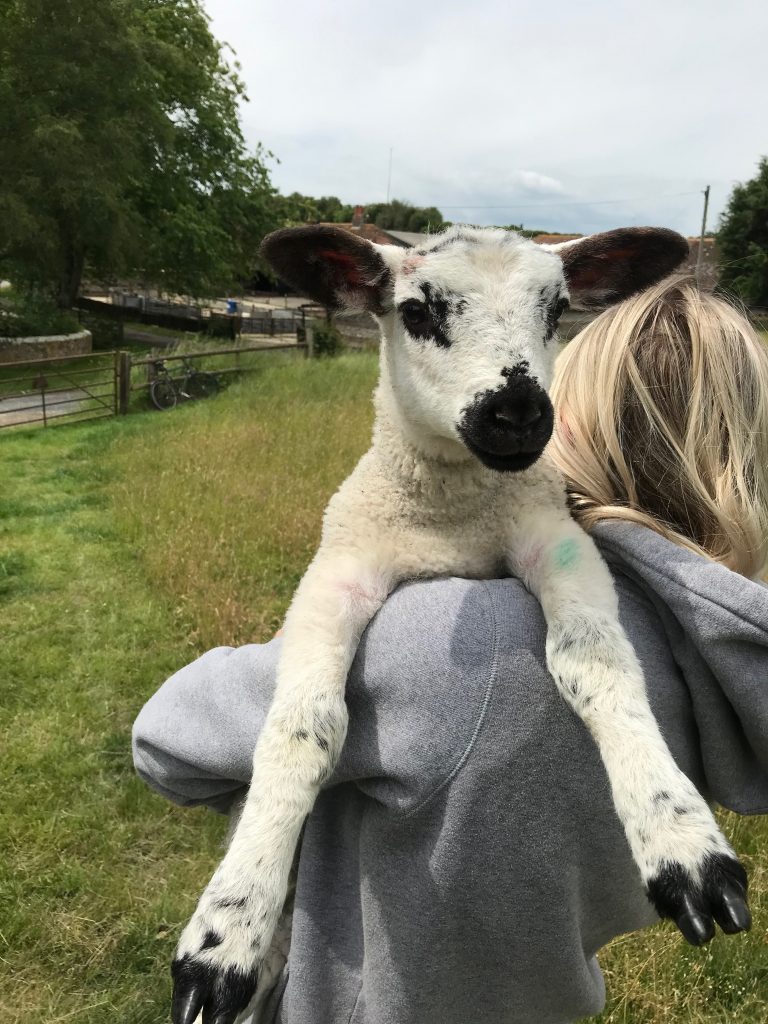
And finally, a socially distanced farm study tour by former Wye College students pitches up at a highly suitable watering hole in the west country.

Farmers’ page. sorry this link was broken, it should work now

again an enjoyable read, lovely interesting pictures and lots of info, Thank you George
Great to get positive farming stories as ever. And to see the grand children 🛶🦋
That rain was obviously timely George. What was on you strips mix, it looks good. Time for a chat i think. Xxxx
Hi George,
Do the grain crops respond to the day length as some garden plants, rather than the weather?
Jim A